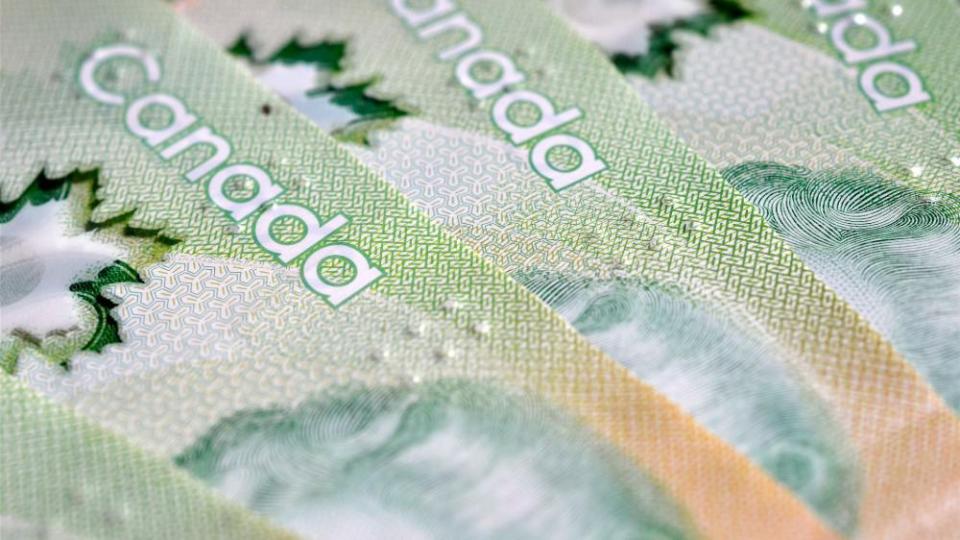Watch Out! The CRA Can Take Back Your $2,000 CERB

If you are a Canadian citizen who has been out of work due to the ongoing health crisis, you might already be receiving Canada Emergency Response Benefit (CERB) payments from the government.
When you are out of work, any penny you can get counts. In many cases, the CERB payments are higher than Employment Insurance (EI). Receiving the $2,000 per month CERB money can be fantastic if you meet the eligibility criteria to receive the payments.
However, if you are not eligible, the story might be quite different. If you did not pay a lot of attention to your CERB application and applied for the fund without being eligible for it, the Canada Revenue Agency (CRA) might ask you to pay back the CERB money by the next tax season.
Quick rollout of CERB
The Canadian government wanted to make sure that citizens can receive aid as quickly as possible. To ensure that the rollout of CERB payments was rapid, the CRA was inclined to approve applications without stringent checks on the eligibility of applicants.
The CRA opted to go for a faster distribution rather than let the most vulnerable Canadians slip through the cracks. This was a necessary measure to ensure that those who need the money the most do not have to wait too long before they get it.
The problem with distributing payments so fast was that many people who were not eligible for the fund also attained these funds from the CRA.
The CRA is aware
The CRA is aware of several cases where ineligible individuals have received, or are continuing to collect CERB payments. There was a case in which a family of three received a total of $12,000 in CERB money in one day. This error might have been possible if each member of the family was receiving two separate CERB payments.
The CRA is keeping track of situations like this, announcing that it would conduct follow-ups with people who received the money in error. While the CRA has not explicitly stated that it would take back the funds, we can be sure that this is not a situation you want to be in with the agency.
Are you eligible?
You have to make sure that you are entirely eligible to receive the payments before you apply for CERB. Here are a few of the crucial requirements you have to meet to qualify for the emergency funds:
You must have earned at least $5,000 in the last 12 months.
You can’t have earned more than $1,000 in the last two weeks.
You can’t be receiving EI benefits.
You can’t be receiving small business dividends in the last two weeks.
You can’t have been rehired under the Canada Emergency Wage Subsidy (CEWS) program.
If you fail to meet any of these requirements, it makes you ineligible to receive the funds.
Play it safe
If you are not entirely sure about your eligibility to receive the money, it could be a better idea to avoid CERB altogether and create a way to support yourself through the pandemic financially. An ideal way to make money is to invest in dividend-paying stocks like Fortis Inc. (TSX:FTS)(NYSE:FTS) and store the shares in a Tax-Free Savings Account (TFSA).
When turbulence hits the markets, Fortis is an ideal asset to target. It is a utility stock that is always considered to be a defensive investment due to its stable dividends and lower volatility compared to the broader market. Fortis can retain most of its income even during periods of economic uncertainty due to the essential nature of its operations.
Storing the stock in your TFSA can help your overall wealth grow due to capital gains. The stock also pays its shareholders dividends that grow as cash in the account.
Foolish takeaway
Any earnings from investments in your TFSA can grow tax-free. Creating a TFSA portfolio of dividend-paying stocks can help you secure a means of substantial passive income.
At writing, Fortis is trading for $50.46 per share with a 3.79% dividend yield. It could be the perfect stock to begin building a dividend-income TFSA portfolio to see you through this crisis.
The post Watch Out! The CRA Can Take Back Your $2,000 CERB appeared first on The Motley Fool Canada.
More reading
Fool contributor Adam Othman has no position in any of the stocks mentioned.
The Motley Fool’s purpose is to help the world invest, better. Click here now for your free subscription to Take Stock, The Motley Fool Canada’s free investing newsletter. Packed with stock ideas and investing advice, it is essential reading for anyone looking to build and grow their wealth in the years ahead. Motley Fool Canada 2020

 Yahoo Finance
Yahoo Finance 